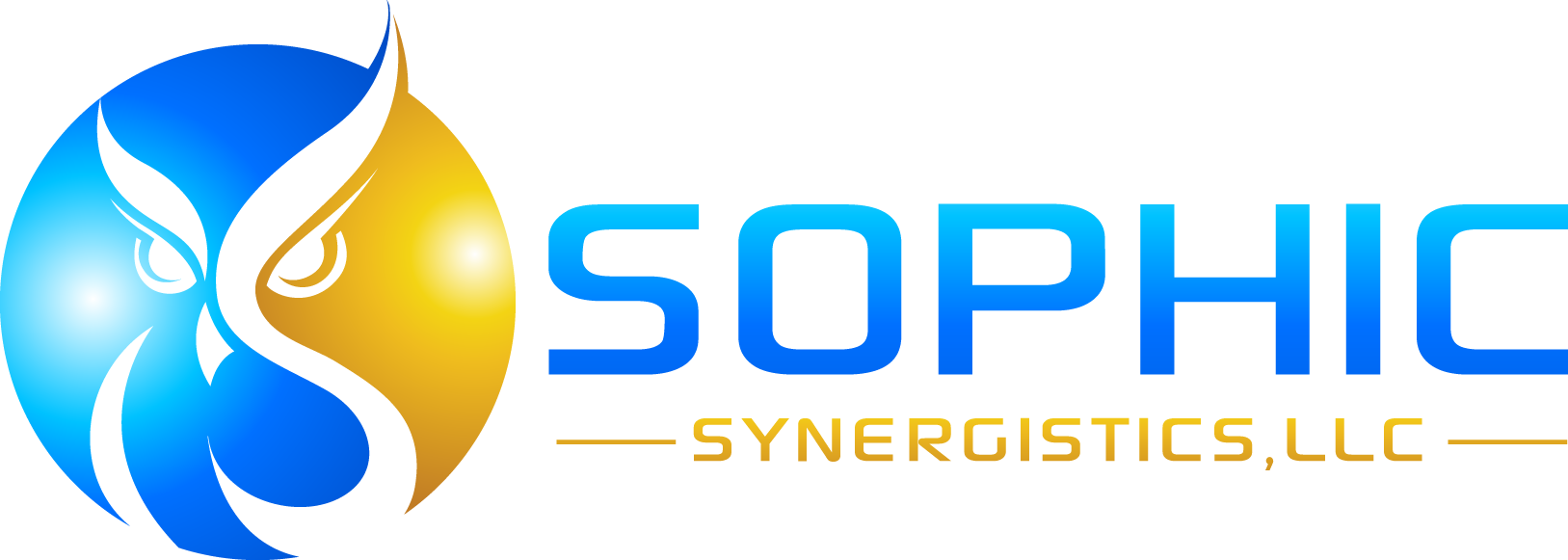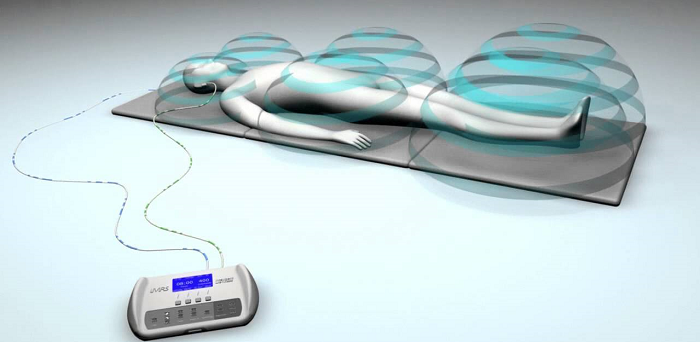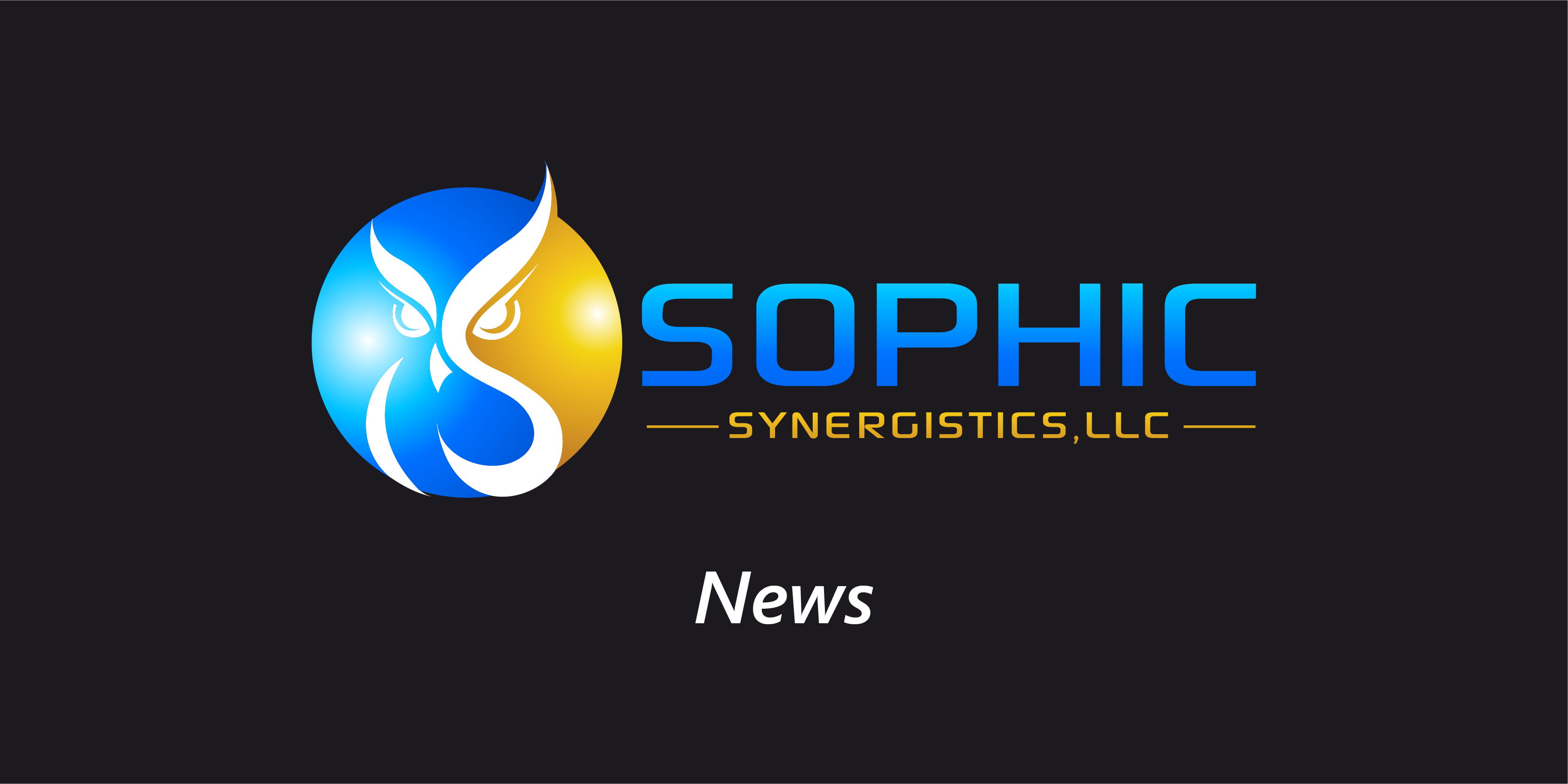When was the last time you purchased a product because it was marketed exceptionally well? Maybe you were attracted to its high-end, glossy packaging, or you couldn’t stop laughing at its humorous ads online. Perhaps you even thought, “Finally, this company understands what I’m looking for! This product is a solution to my problem.”
You were so happy and hopeful… until you tried to use it. Then you realized that it didn’t solve your problem. At all.
It’s extremely disappointing to have a bad user experience with a product. Just ask anyone who bought a Wi-Fi-connected Juicero last year. This hot product was marketed as a smart juice press, and health-conscious consumers couldn’t wait to get their hands on it. The company claimed that juicing would be practically effortless from now on, and so people were more than willing to pay the product’s whopping $699 price tag. Juicero hyped up their product so much that they were able to raise $100 million from investors and hire 70 employees.
And then… the worst happened. An investigation into the product by Bloomberg reporters discovered that the proprietary juice packs the Juicero used could easily be squeezed by hand without any need for the device at all! Needless to say, Juicero is no more.
What is Human-Centered Design?
The story of Juicero is important because it proves that design shouldn’t be about the product. It should be about us… the consumers.
In the most basic terms, that’s what Human-Centered Design is all about. Day-to-day life continuously presents us with problems, and we need products and services to help us solve them. If our needs aren’t at the forefront of the design process, everything can easily fall apart. Human-centered businesses don’t create products that they think people need. They create products that they know people need. They exist to eliminate problems and to make life easier for people. That’s one reason why human-centered companies thrive.
Just as an architect knows that a building is only as strong as its foundation, so too should a company realize that its product is only as viable as the team who brought it to fruition. The reason why products like the Juicero flop is because there’s a disconnect somewhere in the design process. This leads to a disconnect with end-users. And the fate of products like these is typically the same across the board: Failure.
Change your business strategy, and you may change lives.
If you’re developing a product, how can you avoid failure? How can you learn what your customers want and design things that satisfy their needs… all while achieving your business goals? The answers lie in your business strategy.
For many companies, business strategy has a negative impact on Human-Centered Design because the two areas never quite make a connection. Historically, business strategy has been about the bottom line. A company’s business strategists desire profitability while minimizing costs during their product’s design and development. Business strategists often work separately from engineering, which is responsible for the actual design and development of the product.
Now, engineering may not think about cost-effectiveness or anything else related to business strategy. In fact, they may not even consider how consumers will interact with the product. They may focus on form while leaving the interaction part up to user experience experts. These user experience experts may focus on function but may not always work closely with other domains within the business.
In this structure, the company as a whole is not a team. Instead, it’s separated into 3 domains that don’t share ideas with each other. You can already see how a typical business setup is not geared towards Human-Centered Design.
What if Human-Centered Design was the business strategy in the first place?
If this were the case, you could have business strategists focused as much on consumer needs as they are on finances. You could have engineers working alongside user experience experts to focus on creative problem solving and innovation. You could have user experience experts who keep costs low and meet scheduling deadlines because they have a deep understanding of how the business operates. In the end, you could have a product that changes lives – all because your employees understand each other’s responsibilities and work together to meet the same goals. If Juicero’s business strategy was human-centered, they would never have created a product that consumers could use their hands to replicate.
Happy customers will tell their friends. Unhappy customers will tell the world.
When a product meets a customer’s needs, they will naturally want to tell others about it. The same holds true for bad product experiences. These days, it’s not uncommon for product and service reviews to go viral online – especially when they’re negative. This publicity can damage or even destroy a company.
Having a human-centered company helps to eliminate this undesirable outcome. Because the company is set up with the customer as the number one priority, chances are that you will have made meaningful connections with your customers before they even have your product in their hands.
As time goes on, human-centered companies will most likely become the standard business model. Overall, they thrive because their business strategy, human factors, and engineering succeed at working seamlessly together to deliver products and services that engage and connect consumers. They thrive because they can align the goals of their employees to solve real problems for real people. And lastly, they thrive because they realize that, ultimately, they’re made up of consumers just like you and me.






